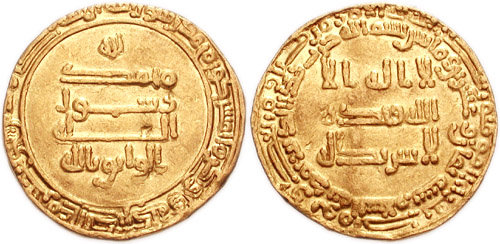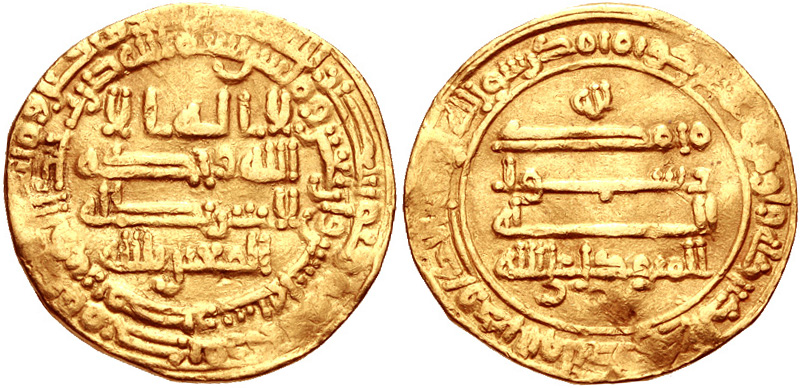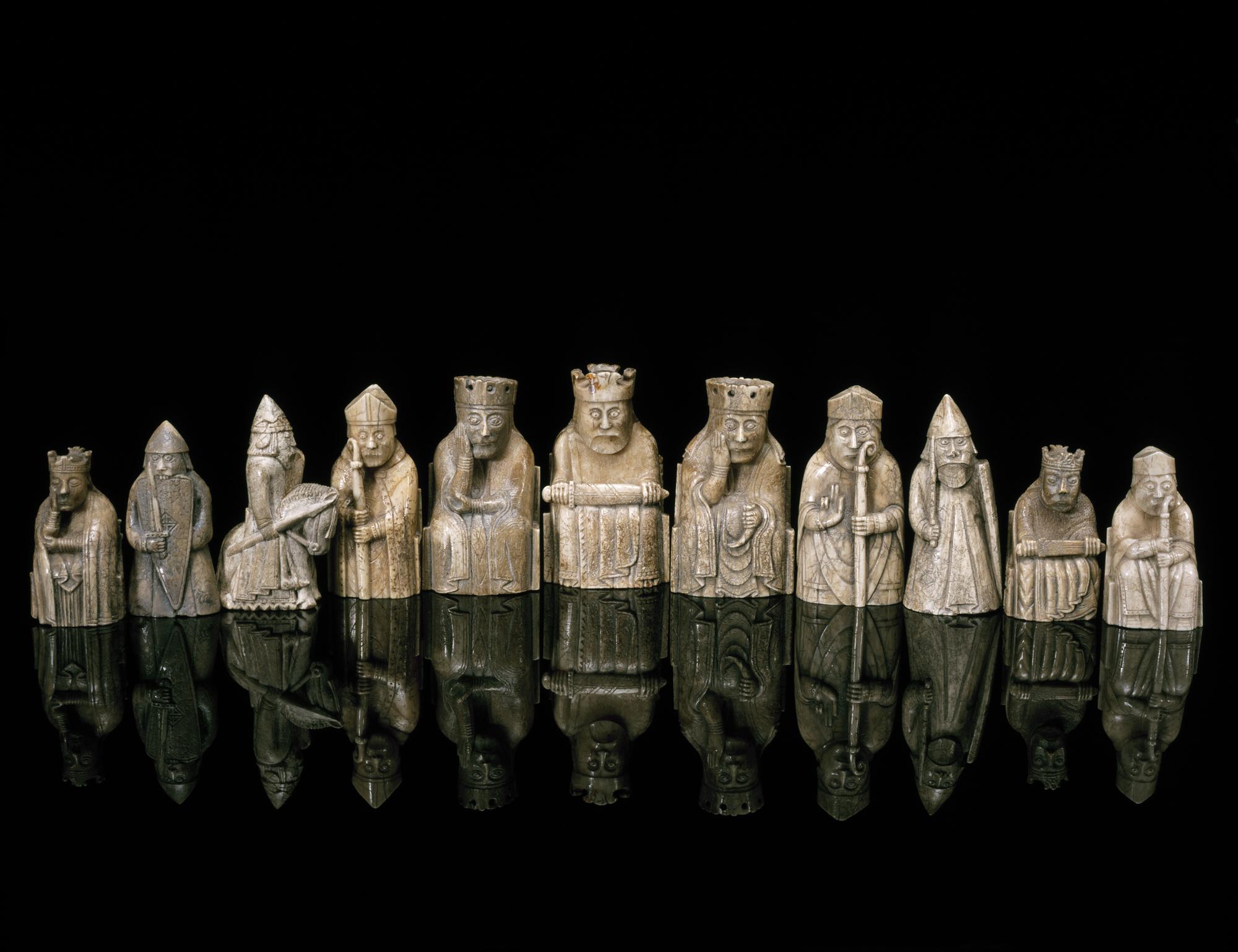|
Al-Adli Ar-Rumi
Al-Adli al-Rumi (), was an Arab player and theoretician of Shatranj, an ancient form of chess from Persia. Originally from Anatolia, he authored one of the first treatises on Shatranj in 842, called ''Kitab ash-shatranj'' ('Book of Chess'). He was recognized as the best Shatranj player in the 9th century during the reign of al-Wathiq until his loss to al-Razi, just before or early into the reign of al-Mutawakkil. In his treatise al-Adli compiled the ideas of his predecessors on Shatranj. The book was lost but the problems he discussed survived in the works of successors. Mansūbāt were end game scenarios, where victory was obtained either by checkmate or stalemate Stalemate is a situation in the game of chess where the player whose turn it is to move is not in check and has no legal move. Stalemate results in a draw. During the endgame, stalemate is a resource that can enable the player with the inferior ..., or by baring the opposing king. From his work came a variant of ... [...More Info...] [...Related Items...] OR: [Wikipedia] [Google] [Baidu] |
Shatranj
Shatranj ( ar, شطرنج; fa, شترنج; from Middle Persian ''chatrang'' ) is an old form of chess, as played in the Sasanian Empire. Its origins are in the Indian game of chaturaṅga. Modern chess gradually developed from this game, as it was introduced to Europe by contacts in Muslim Al-Andalus (modern Spain) and in Sicily in the 10th century. Etymology and origins The Persian word ''shatranj'' ultimately derives from Sanskrit ( sa, चतुरङ्ग; ') (''catuḥ'': "four"; ''anga'': "arm"), referring to the game of the same name: Chaturanga. In Middle Persian the word appears as ''chatrang'', with the 'u' lost due to syncope and the 'a' lost to apocope, such as in the title of the text ''Mâdayân î chatrang'' ("Book of Chess") from the 7th century AD. In Persian folk etymology, a Persian text refers to Shah Ardashir I, who ruled from 224 to 241, as a master of the game: "By the help of Providence, Ardeshir became more victorious and warlike than all, on t ... [...More Info...] [...Related Items...] OR: [Wikipedia] [Google] [Baidu] |
Persia
Iran, officially the Islamic Republic of Iran, and also called Persia, is a country located in Western Asia. It is bordered by Iraq and Turkey to the west, by Azerbaijan and Armenia to the northwest, by the Caspian Sea and Turkmenistan to the north, by Afghanistan and Pakistan to the east, and by the Gulf of Oman and the Persian Gulf to the south. It covers an area of , making it the 17th-largest country. Iran has a population of 86 million, making it the 17th-most populous country in the world, and the second-largest in the Middle East. Its largest cities, in descending order, are the capital Tehran, Mashhad, Isfahan, Karaj, Shiraz, and Tabriz. The country is home to one of the world's oldest civilizations, beginning with the formation of the Elamite kingdoms in the fourth millennium BC. It was first unified by the Medes, an ancient Iranian people, in the seventh century BC, and reached its territorial height in the sixth century BC, when Cyrus the Great fou ... [...More Info...] [...Related Items...] OR: [Wikipedia] [Google] [Baidu] |
Anatolia
Anatolia, tr, Anadolu Yarımadası), and the Anatolian plateau, also known as Asia Minor, is a large peninsula in Western Asia and the westernmost protrusion of the Asian continent. It constitutes the major part of modern-day Turkey. The region is bounded by the Turkish Straits to the northwest, the Black Sea to the north, the Armenian Highlands to the east, the Mediterranean Sea to the south, and the Aegean Sea to the west. The Sea of Marmara forms a connection between the Black and Aegean seas through the Bosporus and Dardanelles straits and separates Anatolia from Thrace on the Balkan peninsula of Southeast Europe. The eastern border of Anatolia has been held to be a line between the Gulf of Alexandretta and the Black Sea, bounded by the Armenian Highlands to the east and Mesopotamia to the southeast. By this definition Anatolia comprises approximately the western two-thirds of the Asian part of Turkey. Today, Anatolia is sometimes considered to be synonymous with Asian ... [...More Info...] [...Related Items...] OR: [Wikipedia] [Google] [Baidu] |
Al-Wathiq
Abū Jaʿfar Hārūn ibn Muḥammad ( ar, أبو جعفر هارون بن محمد المعتصم; 17 April 812 – 10 August 847), better known by his laqab, regnal name al-Wāthiq bi’llāh (, ), was an Abbasid caliph who reigned from 842 until 847 AD (227–232 AH in the Islamic calendar). Al-Wathiq is described in the sources as well-educated, intellectually curious, but also a poet and a drinker, who enjoyed the company of poets and musicians as well as scholars. His brief reign was one of continuity with the policies of his father, al-Mu'tasim, as power continued to rest in the hands of the same officials whom al-Mu'tasim had appointed. The chief events of the reign were the suppression of revolts: Bedouin rebellions occurred in Bilad al-Sham, Syria in 842, the Hejaz in 845, and the Yamamah in 846, Arminiya, Armenia had to be pacified over several years, and above all, an abortive uprising took place in Baghdad itself in 846, under Ahmad ibn Nasr al-Khuza'i. The latter w ... [...More Info...] [...Related Items...] OR: [Wikipedia] [Google] [Baidu] |
Al-Mutawakkil
Abū al-Faḍl Jaʿfar ibn Muḥammad al-Muʿtaṣim bi-ʾllāh ( ar, جعفر بن محمد المعتصم بالله; March 822 – 11 December 861), better known by his regnal name Al-Mutawakkil ʿalā Allāh (, "He who relies on God") was the tenth Abbasid caliph. He succeeded his brother, al-Wathiq, and is known for expanding the empire to its maximum extent. He was deeply religious, and is remembered for discarding the Muʿtazila, ending the Mihna (a period of persecution of Islamic scholars), and releasing Ahmad ibn Hanbal. He is also known for his tough rule, especially with respect to non-Muslim subjects. He was assassinated on 11 December 861 by the Turkic guard with the support of his son, al-Muntasir, marking the beginning of the period of civil strife known as the "Anarchy at Samarra". Early life Al-Mutawakkil was born on February/March 822 to the Abbasid prince Abu Ishaq Muhammad (the future al-Mu'tasim) and a slave concubine from Khwarazm called Shuja. His ... [...More Info...] [...Related Items...] OR: [Wikipedia] [Google] [Baidu] |
Checkmate
Checkmate (often shortened to mate) is any game position in chess and other chess-like games in which a player's king is in check (threatened with ) and there is no possible escape. Checkmating the opponent wins the game. In chess, the king is never actually captured—the player loses as soon as the player's king is checkmated. In formal games, it is usually considered good etiquette to resign an inevitably lost game before being checkmated. If a player is not in check but has no legal move, then it is '' stalemate'', and the game immediately ends in a draw. A checkmating move is recorded in algebraic notation using the hash symbol "#", for example: 34.Qg3#. Examples A checkmate may occur in as few as two moves on one side with all of the pieces still on the board (as in Fool's mate, in the opening phase of the game), in a middlegame position (as in the 1956 game called the Game of the Century between Donald Byrne and Bobby Fischer), or after many moves with as few as t ... [...More Info...] [...Related Items...] OR: [Wikipedia] [Google] [Baidu] |
Stalemate
Stalemate is a situation in the game of chess where the player whose turn it is to move is not in check and has no legal move. Stalemate results in a draw. During the endgame, stalemate is a resource that can enable the player with the inferior position to draw the game rather than lose. In more complex positions, stalemate is much rarer, usually taking the form of a swindle that succeeds only if the superior side is inattentive. Stalemate is also a common theme in endgame studies and other chess problems. The outcome of a stalemate was standardized as a draw in the 19th century. Before this standardization, its treatment varied widely, including being deemed a win for the stalemating player, a half-win for that player, or a loss for that player; not being permitted; and resulting in the stalemated player missing a turn. Stalemate rules vary in other games of the chess family. Etymology and usage The first recorded use of stalemate is from 1765. It is a compounding of Middl ... [...More Info...] [...Related Items...] OR: [Wikipedia] [Google] [Baidu] |
Bare King
In chess and chess variants, a bare king (or lone king) is a game position where one player has only the king remaining (i.e. all the player's other pieces have been ). Effect on the game Historical In some old versions of chess, such as "baring chess" and shatranj, leaving the opponent with a bare king was one way of winning the game (see Checkmate#History). The relative weakness of the pieces in shatranj may have made this form of a win desirable. A possible exception to the bare king rule was if the king immediately after being bared was able to recapture, leaving the opponent with a bare king as well. This situation, called a "Medinese victory", was often considered a draw. Contemporary Under modern rules, a player with a bare king does not automatically lose and may continue playing. A bare king can never give check, however, and can therefore never deliver a checkmate or win the game. A bare king can in some situations play to a draw, such as by stalemate or if the oppon ... [...More Info...] [...Related Items...] OR: [Wikipedia] [Google] [Baidu] |
Abu Bakr Bin Yahya Al-Suli
Abū Bakr Muḥammad ibn Yaḥyā ibn al-‘Abbās al-Ṣūlī (Arabic: ), (born c. 870 Gorgan – died between 941 and 948 Basra) was a Turkic scholar and a court companion of three Abbāsid caliphs: al-Muktafī, his successor al-Muqtadir, and later, al-Rāḍī, whom he also tutored. He was a bibliophile, wrote letters, editor-poet, chronicler, and a shatranj player. His contemporary biographer Isḥāq al-Nadīm tells us he was “of manly bearing.” He wrote many books, the most famous of which are '' Kitāb Al-Awrāq'' and '' Kitāb al-Shiṭranj''. Life Abū Bakr al-Ṣūlī was born into an illustrious family of Turkic origin, his great-grandfather was the Turkic prince Sul-takin and his uncle was the poet Ibrahim ibn al-'Abbas as-Suli. Al-Marzubānī, a principal pupil of al-Ṣūlī, who admired him and copied him in the art of compilation, borrowed much of al-Ṣūlī's material for his ''Kitāb al-Muwashshaḥ''. Abū al-Faraj al-Iṣbahānī made extensive u ... [...More Info...] [...Related Items...] OR: [Wikipedia] [Google] [Baidu] |
Chess Theoreticians
Chess is a board game for two players, called White and Black, each controlling an army of chess pieces in their color, with the objective to checkmate the opponent's king. It is sometimes called international chess or Western chess to distinguish it from related games, such as xiangqi (Chinese chess) and shogi (Japanese chess). The recorded history of chess goes back at least to the emergence of a similar game, chaturanga, in seventh-century India. The rules of chess as we know them today emerged in Europe at the end of the 15th century, with standardization and universal acceptance by the end of the 19th century. Today, chess is one of the world's most popular games, played by millions of people worldwide. Chess is an abstract strategy game that involves no hidden information and no use of dice or cards. It is played on a chessboard with 64 squares arranged in an eight-by-eight grid. At the start, each player controls sixteen pieces: one king, one queen, two rooks, two ... [...More Info...] [...Related Items...] OR: [Wikipedia] [Google] [Baidu] |
History Of Chess
The history of chess can be traced back nearly 1500 years to its earliest known predecessor, called chaturanga, in India; its prehistory is the subject of speculation. From India it spread to Persia. Following the Arab invasion and conquest of Persia, chess was taken up by the Muslim world and subsequently spread to Spain and the rest of Southern Europe. The game evolved roughly into its current form by about 1500 CE. "Romantic chess" was the predominant playing style from the late 18th century to the 1880s. Chess games of this period emphasized quick, tactical maneuvers rather than long-term strategic planning. The Romantic era of play was followed by the Scientific, Hypermodern, and New Dynamism eras. In the second half of the 19th century, modern chess tournament play began, and the first official World Chess Championship was held in 1886. The 20th century saw great leaps forward in chess theory and the establishment of the World Chess Federation. In 1997, an IBM super ... [...More Info...] [...Related Items...] OR: [Wikipedia] [Google] [Baidu] |
9th-century Arabs
The 9th century was a period from 801 ( DCCCI) through 900 ( CM) in accordance with the Julian calendar. The Carolingian Renaissance and the Viking raids occurred within this period. In the Middle East, the House of Wisdom was founded in Abbasid Baghdad, attracting many scholars to the city. The field of algebra was founded by the Muslim polymath al-Khwarizmi. The most famous Islamic Scholar Ahmad ibn Hanbal was tortured and imprisoned by Abbasid official Ahmad ibn Abi Du'ad during the reign of Abbasid caliph al-Mu'tasim and caliph al-Wathiq. In Southeast Asia, the height of the Mataram Kingdom happened in this century, while Burma would see the establishment of the major kingdom of Pagan. Tang China started the century with the effective rule under Emperor Xianzong and ended the century with the Huang Chao rebellions. While the Maya experienced widespread political collapse in the central Maya region, resulting in internecine warfare, the abandonment of cities, and a northward ... [...More Info...] [...Related Items...] OR: [Wikipedia] [Google] [Baidu] |







